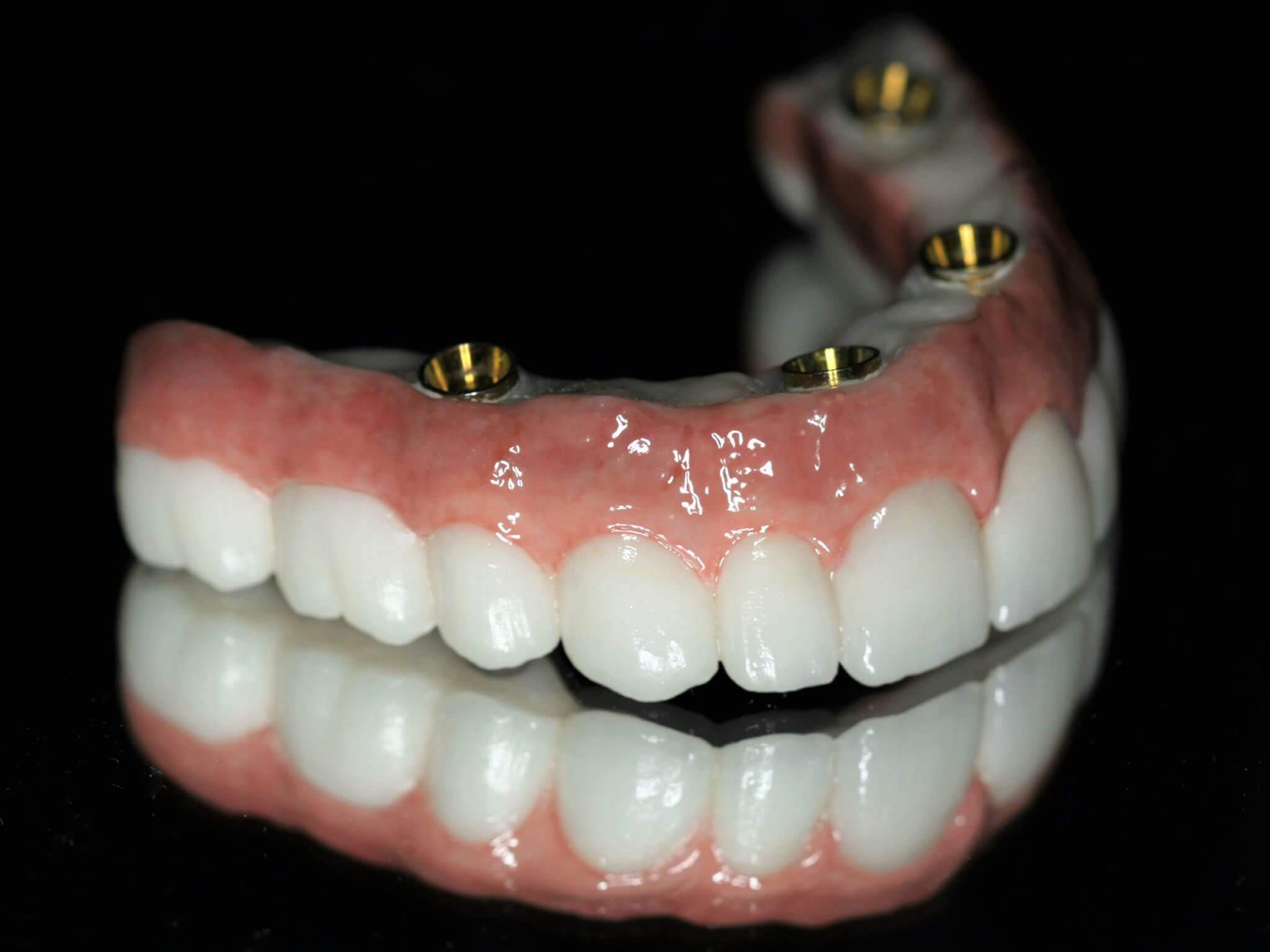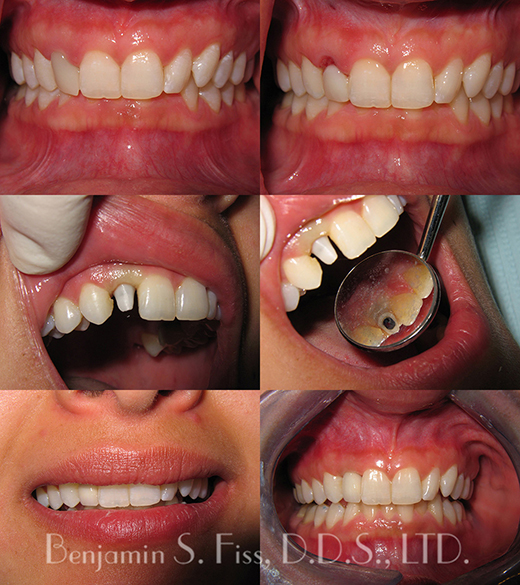The Facts About Dental Sense Uncovered
The Facts About Dental Sense Uncovered
Blog Article
7 Easy Facts About Dental Sense Explained
Table of ContentsThe Single Strategy To Use For Dental SenseSee This Report on Dental SenseWhat Does Dental Sense Mean?Dental Sense for Beginners
are medical devices operatively dental implanted right into the jaw to recover a person's capacity to eat or their appearance. They offer assistance for fabricated (phony) teeth, such as crowns, bridges, or dentures. When a tooth is shed as a result of injury or illness, an individual can experience difficulties such as fast bone loss, malfunctioning speech, or adjustments to eating patterns that cause pain.Oral dental implant systems are composed of an oral implant body and dental implant abutment and may additionally include a joint fixation screw. Dental implant vs bridge. The oral implant body is surgically put in the jawbone instead of the tooth's origin. The dental implant joint is typically affixed to the implant body by the abutment fixation screw and extends with gum tissues right into the mouth to sustain the attached fabricated teeth
(https://penzu.com/p/6de5c74cda18cc8f)Structure of The Dental Implant System selecting oral implants, speak with your oral provider concerning the prospective benefits and threats, and whether you are a candidate for the treatment. Things to take into consideration: Your total health is a vital variable in figuring out whether you are an excellent prospect for oral implants, how long it will require to heal, and for how long the dental implant may stay in place.
Smoking cigarettes might influence the healing procedure and decrease the long-lasting success of the implant. The recovery process for the implant body may take a number of months or longer, during which time you typically have a temporary abutment instead of the tooth. the dental implant procedure: Carefully follow the dental hygiene directions provided to you by your oral company.
Facts About Dental Sense Uncovered
Implant failure can cause the need for one more procedure to fix or replace the dental implant system. Brings back the capacity to eat Brings back aesthetic appearance Aids maintain the jawbone from reducing as a result of bone loss Preserves the health of the bordering bone and periodontals Aids maintain surrounding (close-by) teeth secure Enhances lifestyle Damage to bordering natural teeth during dental implant positioning Injury to the surrounding tissues throughout surgical procedure, such as sinus perforation Injury during surgery (as an example, fracture of surrounding jawbone) Insufficient function, such as feeling like the teeth do not bite with each other typically A sensation that the tooth hangs or turning in position arising from a joint screw loosening up Implant body failing (looseness of the implant body) as a result of systemic infection, which may be more probable in people with unchecked diabetics issues because of regional infection in bone and periodontals supporting the implant body due to postponed recovery, which might be a lot more likely in clients that smoke Trouble cleansing the gums around the dental implant, leading to poor oral hygiene Unattended periodontal disease Post-surgical pins and needles because of nerve impingement or damages Constantly alert healthcare carriers and imaging specialists that you have dental implants before any type of magnetic vibration imaging (MRI) or x-ray procedures.
FDA is not knowledgeable about any kind of adverse events reported for MRI or x-ray procedures with dental implants. Oral implants systems are normally constructed from materials that comply with international agreement criteria of the International Company for Standardization (ISO) or ASTM International. These criteria have details of what makes a secure product.

A dental implant Check This Out is a structure that replaces a missing tooth. With screw-like gadgets, the surgeon inserts a dental implant right into the jawbone, and it functions as a support for a fabricated tooth, called a crown. A gadget called a joint connects the fabricated tooth to the dental implant. The crown is tailor-made to fit the individual's mouth and match the shade of their teeth.
Some Known Factual Statements About Dental Sense
Some individuals are not eligible for oral implant surgical treatment. It is for dental doctors to run on people with: acute illnessuncontrollable metabolic diseasebone or soft tissue disease or infectionIf these concerns are fixed, a person can have the surgical treatment. In, oral cosmetic surgeons avoid operating people with: If people with any one of the above undertake dental implant surgery, there is a greater danger of the dental implant failing.

Dental dental implant surgery is an individualized procedure. Give you time to recover. Connect the post and final crown, bridge or denture.
Next, your specialist will thoroughly put the dental implant right into your jaw. If your implant is near the front of your mouth, your dental expert will make a short-term tooth for you to use till you heal.
Dental Sense - Questions
Your company can tell you what to anticipate in your scenario. During the recovery stage, your jawbone needs to fuse to the dental implant. This process, called osseointegration, is critical for security and lasting success. This process can take anywhere from 3 to nine months. In many cases, it might take longer.
When your dental implant heals, your dental expert can affix the abutment (tiny connector article) and your last restoration (crown, bridge or denture). This generally takes about one hour to complete and may call for a 2nd minor surgical procedure. You should not feel any kind of discomfort during your dental implant procedure since your supplier will make use of medication to numb your gum tissues.
Report this page